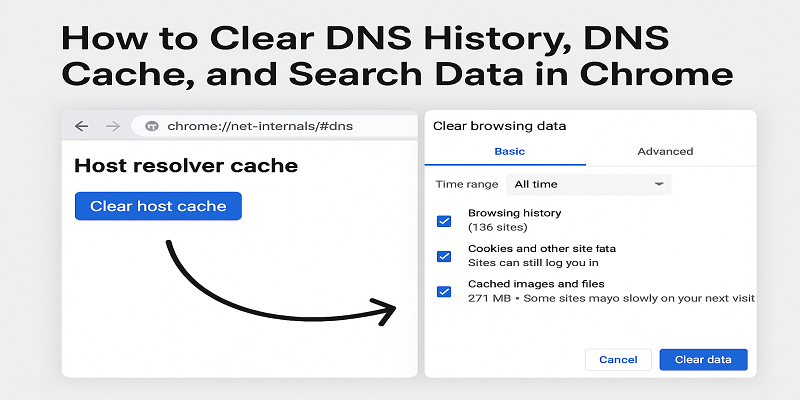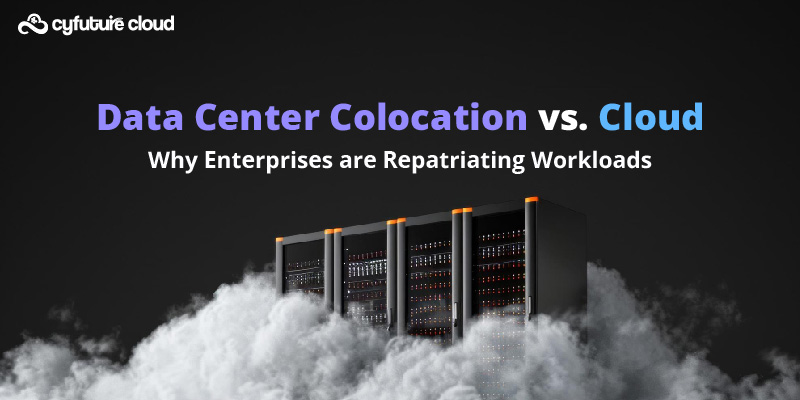Table of Contents
Have you heard? Cryptojackers invading the cloud? With the rise of cryptocurrency and the increasing prevalence of cloud computing, it was only a matter of time before these two worlds collided in a most unexpected way.
According to recent data, cloud cryptojacking attacks have surged by a whopping 250% in the past year alone, leaving many wondering how to protect themselves from this nefarious threat.
For those unfamiliar with the term, a cloud cryptojacking attack is the unauthorized use of someone else’s computer or device to mine cryptocurrency. Essentially, the hackers use your computing power to solve complex mathematical equations that result in the creation of new digital currency. In the cloud, this can be particularly dangerous as the hackers can take over entire server networks, resulting in significant financial losses for companies and individuals alike.
As cloud computing becomes more mainstream and cryptocurrency continues to rise in value, the threat of cryptojacking in the cloud shows no signs of slowing down. It’s time to buckle up and prepare for battle against these sneaky cybercriminals. Wish to know more? Read our today’s blog to get insights!
Wrapping Attack in the Context of Cloud Computing:
| Aspect | Description |
|---|---|
| Attack Type | Wrapping Attack |
| Definition | Exploits cloud service APIs to intercept and manipulate communication |
| Method | Inserts fraudulent code between the client and the cloud service |
| Objective | Gain unauthorized access, steal data, or perform malicious activities |
| Risk | Compromises data integrity, confidentiality, and system availability |
| Prevention | Implement strong API authentication, encryption, and continuous monitoring |
| Mitigation | Regular security audits, update patches, and educate users about risks |
Why Cryptojacking is on the Rise in the Cloud?
The surge in cloud cryptojacking attack can be attributed to several factors, including easy access to cloud resources, lack of security measures in some cloud environments, and an increase in the value of certain cryptocurrencies.
Firstly, cloud computing has made it easier than ever for hackers to gain access to vast computing resources. Cloud services such as Amazon Web Services, Microsoft Azure, and Google Cloud Platform provide easy and affordable access to powerful computing resources, making them an attractive target for cybercriminals looking to mine cryptocurrency.
Secondly, the lack of proper security measures in some cloud environments has made them an easy target for hackers. A recent report found that more than half of all cloud databases are left unencrypted, making them vulnerable to attacks. Additionally, misconfigured cloud storage buckets have been a common source of data breaches and have led to an increase in cloud cryptojacking attacks.
Finally, the increase in the value of certain cryptocurrencies has made cryptojacking a more profitable venture for hackers. With the price of cryptocurrencies such as Bitcoin and Ethereum on the rise, hackers have more incentive to mine these digital currencies using other people’s computing power.
These factors combined have led to a significant increase in cryptojacking attacks in the cloud, and it’s up to individuals and organizations to take the necessary steps to protect themselves from this growing threat.
How Cryptojacking Works in the Cloud?
To understand how cryptojacking works in the cloud, it’s important to know the methods that cybercriminals use to hijack cloud resources. Three common methods include injection of malware onto vulnerable cloud infrastructure, exploitation of cloud services misconfigurations, and theft of access credentials from cloud administrators.
The injection of malware onto vulnerable cloud infrastructure is a common tactic used by cryptojackers. Hackers can use various methods to deliver malware to cloud resources, such as phishing emails or exploiting vulnerabilities in cloud-based applications. Once the malware is installed, it can begin mining cryptocurrency using the computing power of the compromised system.
Exploiting cloud services misconfigurations is another way that cryptojackers can gain access to cloud resources. Misconfigured cloud storage buckets and databases can provide an entry point for hackers to install malware or gain unauthorized access to sensitive data. For example, the misconfiguration of an Amazon S3 bucket led to the theft of over 1.5 million healthcare records in 2020.
Finally, the theft of access credentials from cloud administrators is a third method used by cybercriminals to launch cryptojacking attacks. Cloud administrators have access to powerful computing resources and can grant permissions to other users, making them a valuable target for hackers. By stealing these credentials, hackers can gain access to cloud resources and begin mining cryptocurrency undetected.
These methods, combined with the factors contributing to the rise of cryptojacking in the cloud, make it critical for individuals and organizations to take the necessary steps to protect their cloud resources from these attacks.
The Impact of Cryptojacking on Cloud Computing
The impact of cryptojacking on cloud computing can be devastating, with negative effects that include degradation of cloud performance, increased energy consumption, and potential data breaches resulting in the loss of sensitive information.
When cryptojacking occurs in the cloud, it can lead to a significant degradation of cloud performance. The unauthorized use of computing power can slow down cloud services, causing disruptions for legitimate users. In some cases, this can even result in downtime for cloud applications and services.
In addition to performance issues, cryptojacking in the cloud can also lead to increased energy consumption. The computational power required to mine cryptocurrency is significant, and when this power is drawn from cloud resources, it can lead to a significant increase in energy consumption. This, in turn, can lead to higher energy bills for cloud service providers and higher carbon emissions.
Finally, one of the most significant impacts of cryptojacking in the cloud is the potential for data breaches and the loss of sensitive information. When hackers gain unauthorized access to cloud resources, they may also gain access to sensitive data, including personal information, financial data, and intellectual property. This can result in significant financial losses, damage to a company’s reputation, and legal ramifications.
It’s clear that the impact of cryptojacking in the cloud can be significant, and it’s up to individuals and organizations to take the necessary steps to protect themselves from these attacks. By implementing strong security measures, monitoring cloud resources for suspicious activity, and staying up-to-date on the latest threats, cloud users can help prevent the negative effects of cryptojacking on cloud computing.
How to Prevent and Detect Cryptojacking in the Cloud?
To prevent and detect cryptojacking in the cloud, individuals and organizations can take several measures to protect their cloud infrastructure. Some of these measures include keeping cloud infrastructure up-to-date and secure, implementing access controls and monitoring systems, and using threat intelligence and detection tools.
First and foremost, it’s crucial to keep cloud infrastructure up-to-date and secure. This means regularly patching and updating cloud-based applications and services, as well as implementing strong passwords and two-factor authentication for all cloud resources.
Secondly, access controls and monitoring systems should be put in place to prevent unauthorized access to cloud resources. This includes implementing role-based access controls, monitoring for suspicious activity, and logging all access attempts to cloud resources.
Lastly, threat intelligence and detection tools can help individuals and organizations identify potential cryptojacking attacks before they cause damage. Threat intelligence services can provide up-to-date information on the latest threats and vulnerabilities, while detection tools can help identify and block unauthorized mining activities in real-time.
By implementing these measures, individuals and organizations can protect their cloud infrastructure from cryptojacking attacks and minimize the negative impacts that these attacks can have on cloud computing.
Wrapping Up!
Cryptojacking in the cloud is a growing threat that can have significant negative impacts on cloud computing. It’s crucial for individuals and organizations to be aware of the risks and take steps to protect their cloud resources from these attacks.
Key points include the factors contributing to the rise of cryptojacking in the cloud, such as easy access to cloud resources, lack of security measures, and the increase in value of certain cryptocurrencies. Additionally, we discussed the methods cybercriminals use to cryptojack cloud resources, such as injection of malware, exploitation of misconfigurations, and theft of access credentials.
We also explored the negative effects of cryptojacking in the cloud, including degradation of cloud performance, increased energy consumption, and potential data breaches. Finally, we discussed measures individuals and organizations can take to prevent and detect cryptojacking in the cloud, such as keeping cloud infrastructure up-to-date and secure, implementing access controls and monitoring systems, and using threat intelligence and detection tools.
It’s up to all of us to take the necessary steps to protect our cloud resources from cryptojacking attacks. By staying informed, implementing strong security measures, and being vigilant for suspicious activity, we can help ensure that our cloud infrastructure remains secure and our sensitive information stays protected.
Recent Post
Send this to a friend

 Server
Colocation
Server
Colocation CDN
Network
CDN
Network Linux
Cloud Hosting
Linux
Cloud Hosting Kubernetes
Kubernetes Pricing
Calculator
Pricing
Calculator
 Power
Power
 Utilities
Utilities VMware
Private Cloud
VMware
Private Cloud VMware
on AWS
VMware
on AWS VMware
on Azure
VMware
on Azure Service
Level Agreement
Service
Level Agreement 



















